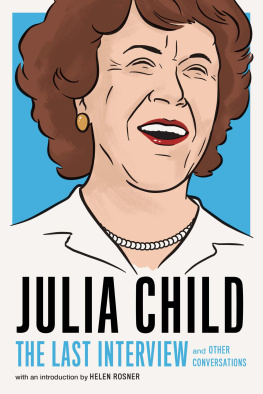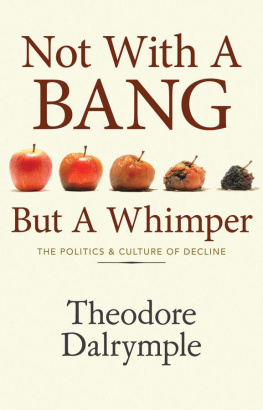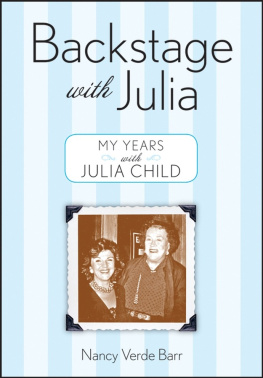ROUTLEDGE LIBRARY EDITIONS:
THE LABOUR MOVEMENT
Volume 35
WHATS LEFT?
WHATS LEFT?
Women in Culture and the
Labour Movement
JULIA SWINDELLS AND LISA JARDINE
First published in 1990 by Routledge
This edition first published in 2019
by Routledge
2 Park Square, Milton Park, Abingdon, Oxon OX14 4RN
and by Routledge
711 Third Avenue, New York, NY 10017
Routledge is an imprint of the Taylor & Francis Group, an informa business
1990 Julia Swindells and Lisa Jardine
All rights reserved. No part of this book may be reprinted or reproduced or utilised in any form or by any electronic, mechanical, or other means, now known or hereafter invented, including photocopying and recording, or in any information storage or retrieval system, without permission in writing from the publishers.
Trademark notice: Product or corporate names may be trademarks or registered trademarks, and are used only for identification and explanation without intent to infringe.
British Library Cataloguing in Publication Data
A catalogue record for this book is available from the British Library
ISBN: 978-1-138-32435-0 (Set)
ISBN: 978-0-429-43443-3 (Set) (ebk)
ISBN: 978-1-138-33434-2 (Volume 35) (hbk)
ISBN: 978-0-429-44538-5 (Volume 35) (ebk)
Publishers Note
The publisher has gone to great lengths to ensure the quality of this reprint but points out that some imperfections in the original copies may be apparent.
Disclaimer
The publisher has made every effort to trace copyright holders and would welcome correspondence from those they have been unable to trace.
Whats Left?
Women in culture and the Labour movement
Julia Swindells and Lisa Jardine
Routledge
London and New York
Contents
First published 1990
by Routledge
11 New Fetter Lane, London EC4P 4EE
Simultaneously published in the USA and Canada
by Routledge
a division of Routledge, Chapman and Hall, Inc.
29 West 35th Street, New York, NY 10001
1990 Julia Swindells and Lisa Jardine
Photoset by Mayhew Typesetting, Bristol, England
Printed in Great Britain
by Richard Clay Ltd, Bungay, Suffolk
All rights reserved. No part of this book may be reprinted or reproduced or utilized in any form or by any electronic, mechanical, or other means, now known or hereafter invented, including photocopying and recording, or in any information storage or retrieval system, without permission in writing from the publishers.
British Library Cataloguing in Publication Data
Swindells, Julia
Whats left?: women in culture and the Labour Movement.
1. Society role of women. Feminist theories compared with Marxist theories
I. Title II. Jardine, Lisa
305.4201
ISBN 0415010063
Library of Congress Cataloging in Publication Data
also available
ISBN HB 0415010063
PB 0415010071
May polls and Morris dancers
This book sets out to give an account of what has been left out of Left thought what has allowed the Left to substitute nostalgia for programme and action, and to continue to address a constituency exclusively made up of labouring men, in spite of insistent demands from other groups (notably women) who recognize themselves as belonging with the Left. And, crucially, the book sets out to make explicit what has been left in that exclusive account the shaping versions of the female with which the account is shackled, which constrain, and ultimately disable it.
This is, then, a book with a socialist-feminist agenda, prompted by a particular conjunction of external circumstances. Socialist feminism is the position from which we consistently develop our ideas, and, most importantly, is the frame for our own attempts at political intervention. Within this work itself, however, we have deliberately taken as given as absorbed rather than directly discussed the considerable body of recent feminist work with a socialist agenda. We stress here, at the outset, that it is not excluded from the account but is its necessary premise.
It was against a background of feminist involvement with the Labour movement, and sustained by our engagement with socialist feminism and feminist theory, that our own particular project took shape a direct response to an urgent political claim for our attention. In the middle of our collaborative work on an earlier version of the first chapter of this book, in May 1987, the Conservative Prime Minister called an election, after eight years in power, and at a moment when opinion polls were firmly in the Conservative Partys favour. As we broke off our piece of academic work (or, rather, took upon ourselves additional tasks which for six weeks took priority over our academic commitments) to work for the Labour Party, we promised ourselves that we would take time after the election whatever the result to look back at the campaign in which we had been energetically involved, and to consider its implications for what we had been writing at that moment.
The first thing to say, since by the time this is read the 1987 election will have been consigned to the mists of history, is that Labour mounted an apparently spectacularly successful election campaign, and lost. Indeed, the final result gave the Tories a majority which was exactly that which the opinion polls predicted when Thatcher called the election. Yet it remains the case that the Labour campaign was (and indeed is) judged successful by the opinion makers both inside and outside the Labour movement.
We think that we have given an account here (in this book) of why the Labour movement clings to the illusion that there is a politics of culture that politics can be produced to the electorate at large in cultural terms recognizably borrowed from nineteenth-century canonical fiction. The success of the Labour campaign was in the production of a set of coherent images which treated television as the art form which advertising agencies know it to be. Those images were drawn (comparatively effortlessly, by trained communicators) directly from that cultural version of class-consciousness which Raymond Williams so convincingly produces as a socialist alternative to high (dominant) culture in Culture and Society. So that Labour did not in fact market itself (and ultimately the failure of the campaign to produce the votes was not a case of failing to sell the product to the consumer). We have tried to show that there are historical reasons why the image makers on the Left (inevitably themselves recipients of higher education, largely in the humanities) are all-too-committed to the realism of their black-and-white images of satanic mills, and their bunches of red roses a moral realism, which claims a self-evident equivalence between particular narratives of deprivation and poverty and the moral worth of British socialism (the caring party).
This commitment to a particular set of evocative images on the part of Neil Kinnock and his team of advisers is in marked contrast, we are arguing, to the strategies used (in both the 1987 and 1983 elections) by the Conservative Party. The Conservative Party did indeed capitalize on techniques learned in advertising agencies, particularly, in the 1987 campaign, in its use of choice well-tested in consumer marketing as the pivot on which its media campaign turned. Choice amongst products allows the consumer to dream of alternatives, even when she or he is without the economic means to purchase them.










